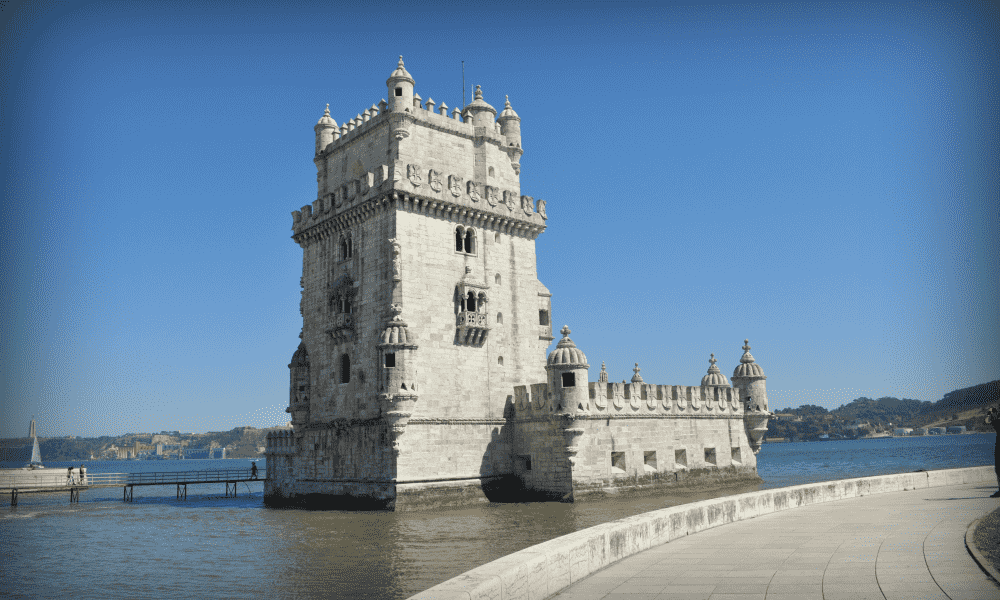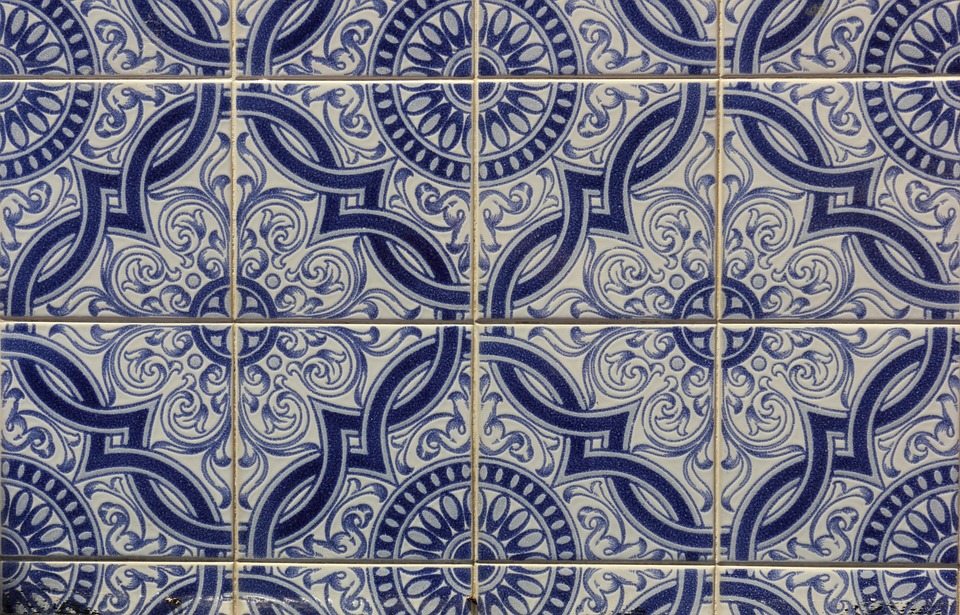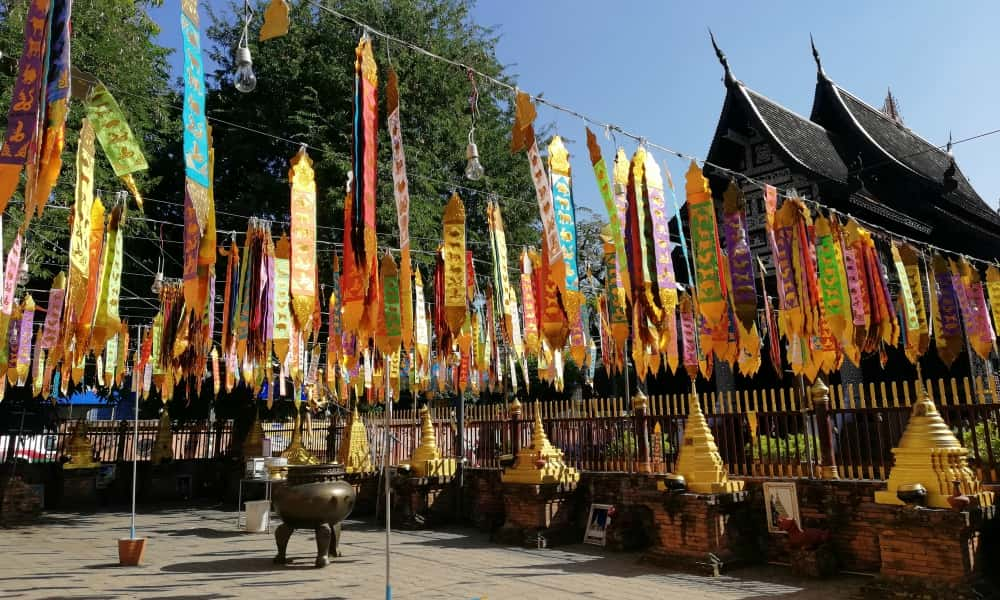Lisbon is more than a city; it’s a living, breathing story. Its soul is etched into the cobblestones of its ancient streets and carried on the mournful, beautiful notes of a single guitar. This is a city that feels alive, a place where history isn't just in museums, but in the colorful tiles on every wall and the stories whispered in hidden alleyways.
This guide will take you into the heart of Lisbon, exploring its most historic districts and helping you understand the emotional core of its culture: Fado music.
The Historic Districts: Where Lisbon's Past Lives On
To truly understand Lisbon, you must lose yourself in its distinct, historic neighborhoods. Each has its own rhythm and personality.
- Alfama: The City's Oldest HeartCradled on the slopes beneath São Jorge Castle, Alfama is the oldest district in Lisbon. It is a labyrinth of steep, winding cobblestone alleys and tiny squares, a remnant of its Moorish past. Walking through Alfama feels like stepping back in time. Here, the scent of grilled sardines lingers in the air and laundry hangs from balconies overhead. Alfama is also the birthplace and spiritual home of Fado, with small, intimate casas de fados tucked into almost every corner.
- Bairro Alto: Bohemian by Day, Vibrant by Night
Perched on one of Lisbon’s seven hills, Bairro Alto is the city’s bohemian quarter. By day, it’s a quiet, residential neighborhood of narrow streets and charming shops. But as the sun sets, the district transforms. Its alleys and bars fill with people, and music spills out onto the streets, creating one of Europe's most famous nightlife scenes. Bairro Alto is a true study in contrasts, a place where you can find a quiet cafe in the morning and a lively party a few feet away that evening.
- Belém: The Golden Age of Discovery
Further down the river, the district of Belém stands as a testament to Portugal's Golden Age of Discovery. This is where legendary explorers like Vasco da Gama set sail on their world-changing voyages. The grand Jerónimos Monastery and the iconic Belém Tower are architectural masterpieces, celebrating Portugal's immense wealth and power during the 15th and 16th centuries. No visit is complete without a stop at the famous bakery that created the city's iconic pastry—the original pastéis de Belém.
The Heartbeat of Lisbon: Fado Music
Fado is more than just a musical style; it is the soul of Lisbon expressed in song. The word Fado translates to "fate" or "destiny," and the music itself is defined by a deep sense of longing, or saudade. This feeling of nostalgic yearning for something lost or a love that cannot be is at the very core of Portuguese culture. A single voice, accompanied by a classical guitar and a Portuguese guitar, tells a story that resonates with listeners, regardless of language.
To experience Fado is to truly understand the emotional landscape of Lisbon. For an authentic experience, we recommend finding an intimate casa de fados in Alfama or Bairro Alto. These small venues offer a more personal connection to the music, where you can feel every note and emotion. Don't expect to chat during the performance; Fado demands your full attention and respect.
Lisbon's soul is a beautiful and complex blend of its storied past and its emotional present. From the ancient alleys of Alfama to the grand monuments of Belém, the city breathes with a history you can feel on every corner. And in the quiet notes of a Fado singer, you will find the emotional heart of a people—a profound, beautiful, and unforgettable experience that makes Lisbon truly unique.
Ready to start planning your perfect Portuguese escape? To build your ideal itinerary from the ground up, check out our comprehensive Ultimate Guide to Traveling in Portugal.

























